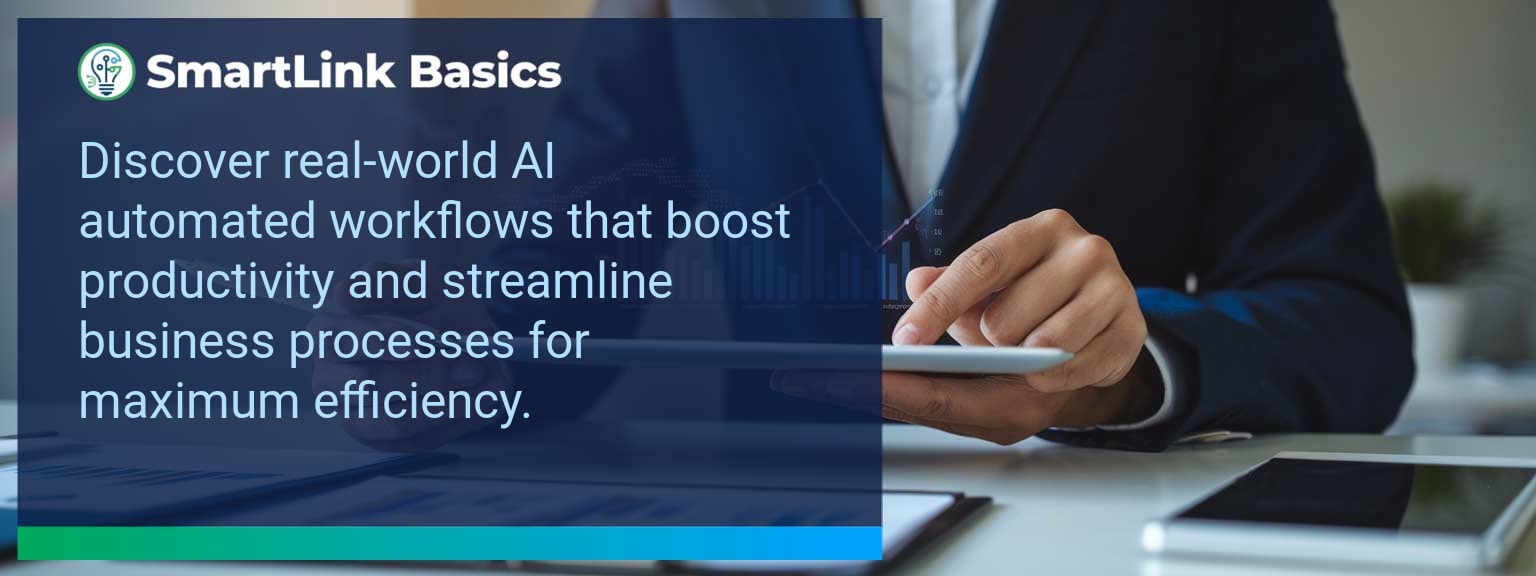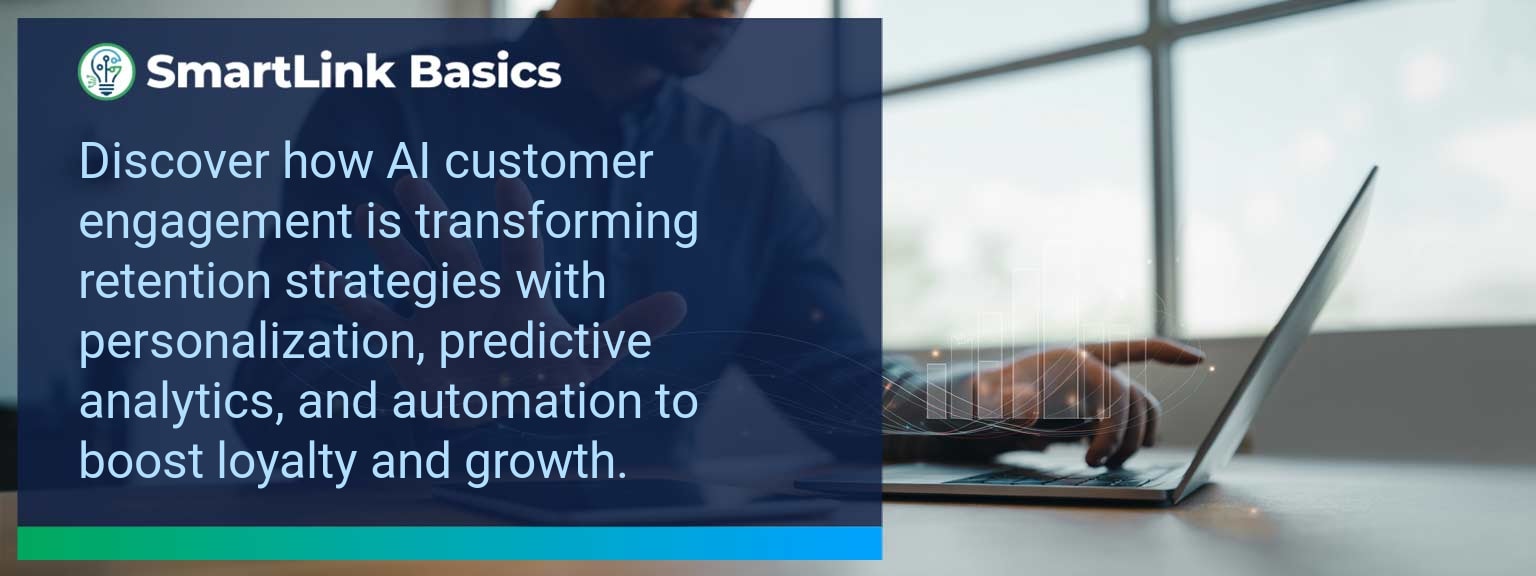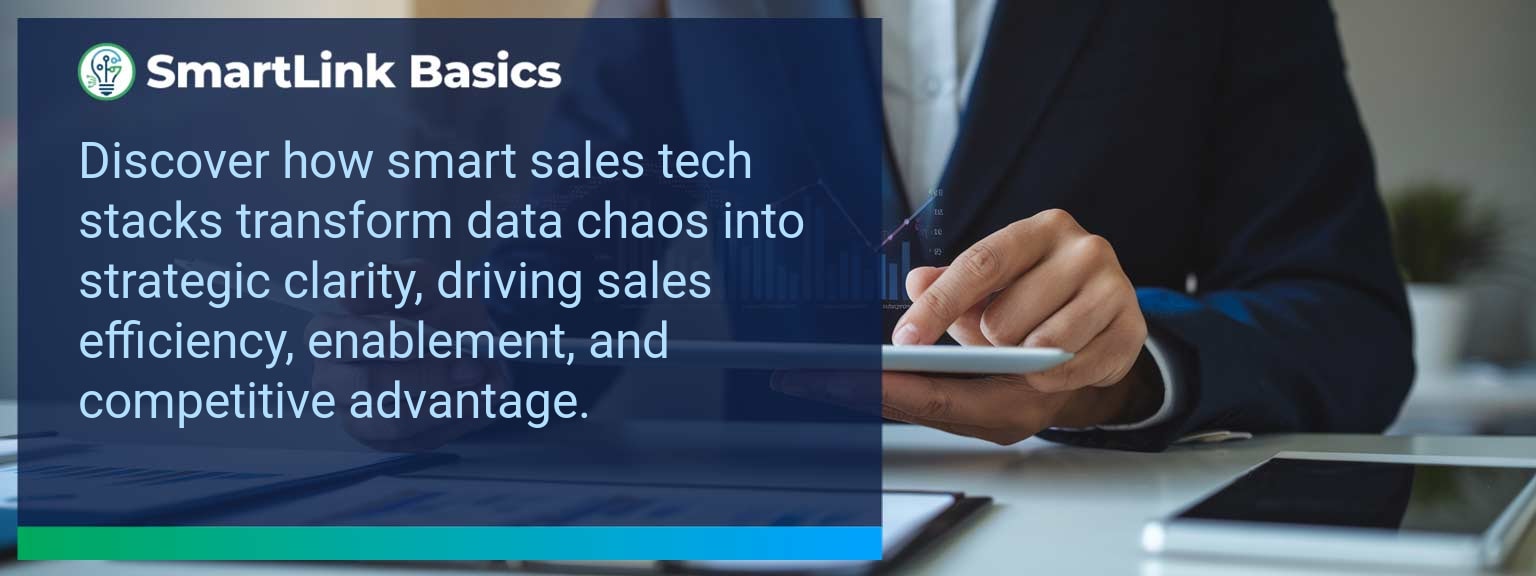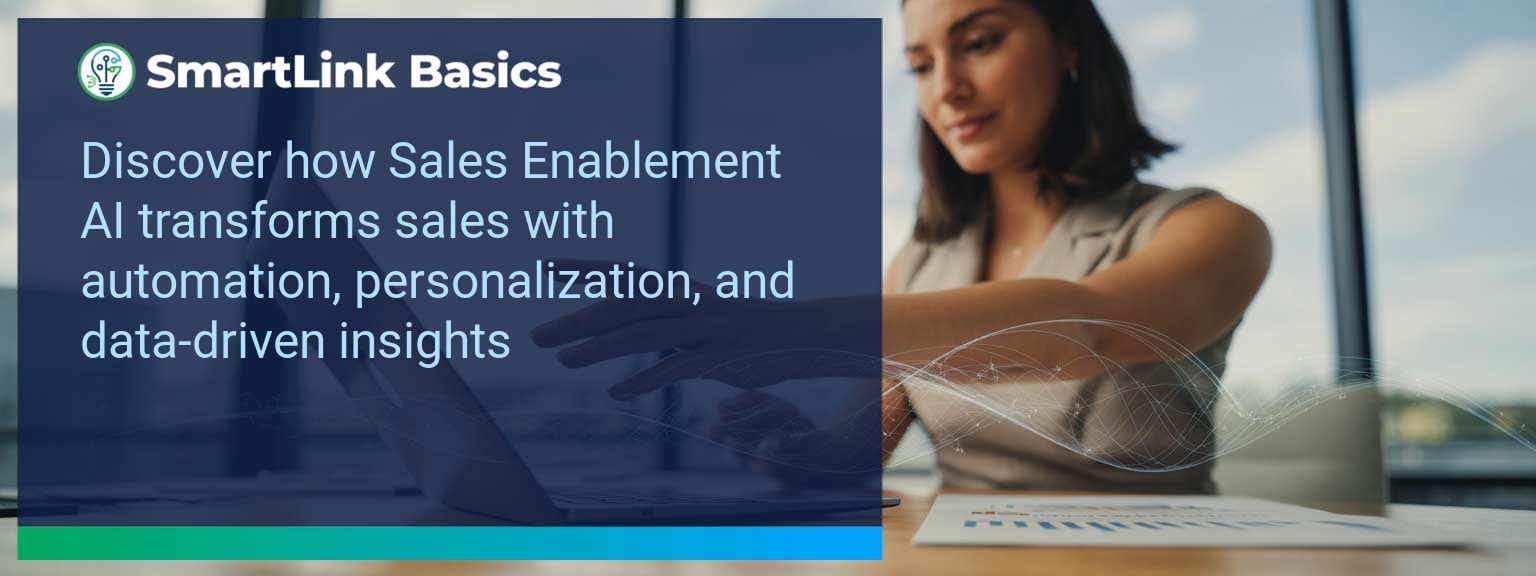AI Automated Workflows: Real-World Examples To Boost Efficiency
A McKinsey study found that companies leveraging AI automation can increase productivity by up to 40% in targeted workflows. For sales leaders under pressure to deliver predictable revenue, this represents a transformative advantage. At SmartLink Basics, we see AI Automated Workflows becoming a core driver of modern sales enablement strategies, replacing manual bottlenecks with intelligent, adaptive processes. This article examines where AI makes the most measurable impact, from lead scoring to post-sale engagement. You will see proven real-world applications, examples of workflow automation tools in action, and how to measure their impact on pipeline velocity and deal closure. These insights will help you decide where to integrate AI productivity solutions into your sales operations for faster, scalable business growth.- AI Automated Workflows eliminate repetitive tasks and streamline complex processes.
- Sales leaders can use them to double lead conversion efficiency.
- Workflow automation tools improve data accuracy and reduce cycle time.
- Machine learning workflows optimize decision-making with predictive insights.
- Measurable gains include higher win rates and faster onboarding.
Identifying Efficiency Gaps In Workflows With AI Automated Workflows
Many sales organizations still run fragmented processes across CRM, email, and analytics platforms. Manual handoffs slow momentum and create avoidable errors. AI Automated Workflows allow leaders to diagnose these breakdowns in real-time, using integrated data analysis to highlight inefficiencies. For example, an enterprise software sales team used AI-enabled pipeline monitoring to flag deals with stalled buyer engagement, reducing lost opportunities by 18% in three months. An actionable starting point is mapping your full sales cycle and scoring steps by time-to-complete and accuracy rate. This prioritizes where to deploy AI for maximum impact.How AI Streamlines Complex Processes With AI Automated Workflows
Implementing workflow automation tools can unify scattered tasks into a single AI-driven sequence. This moves activities from reactive, person-dependent steps to proactive, system-driven execution. AI in business not only accelerates activity but identifies optimal timing for each customer touchpoint. One global B2B team integrated machine learning workflows into lead qualification, automatically segmenting high-probability prospects and triggering personalized sequences. This increased qualified appointment rates by 27%. Adopt a phased rollout, beginning with high-volume repetitive processes such as follow-up reminders or quote generation, then expanding into complex opportunity management.Measurable Gains In Productivity
AI Automated Workflows provide both immediate time savings and downstream revenue impact. By automating administrative work, reps can spend more hours on relationship-building and closing. A SaaS company using AI-based account assignment saw response times drop by 35%, reducing churn in competitive renewal cycles. Clear metrics tied to cycle-time compression and conversion rates ensure ROI visibility. Set quantifiable baselines before implementation so AI-driven improvements can be validated against pre-deployment performance.The Evolving Role Of AI In Automation
As digital transformation accelerates, AI in business is shifting from auxiliary support to core operational infrastructure. Process optimization now extends to real-time decision support, cross-channel sentiment monitoring, and predictive opportunity scoring. Firms that integrate AI beyond isolated tasks—embedding it into their operating cadence—consistently see deeper competitive moats. For leadership teams, this means designing workflows that can both scale and self-improve through ongoing data learning loops. For more detailed frameworks, you can explore expert insights from SmartLink Basics on aligning AI capabilities with strategic growth priorities.| Category | Metric | Definition | Target |
|---|---|---|---|
| Leading | Time-to-First-Action | Average hours between lead entry and first sales action. | Under 4 hours |
| Lagging | Opportunity Win Rate | Percentage of opportunities won vs total pursued. | Over 30% |
| Quality | Data Accuracy | Percentage of complete and correct CRM entries. | 98%+ |
Get the 90-day plan, coaching rubric, and dashboard template to operationalize AI in your enablement program.









